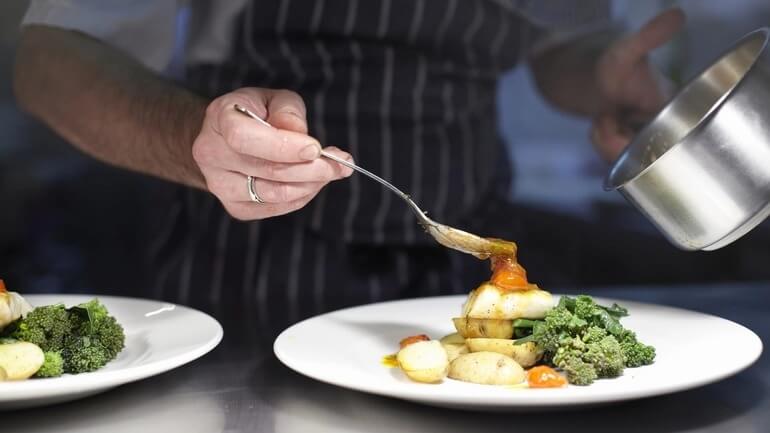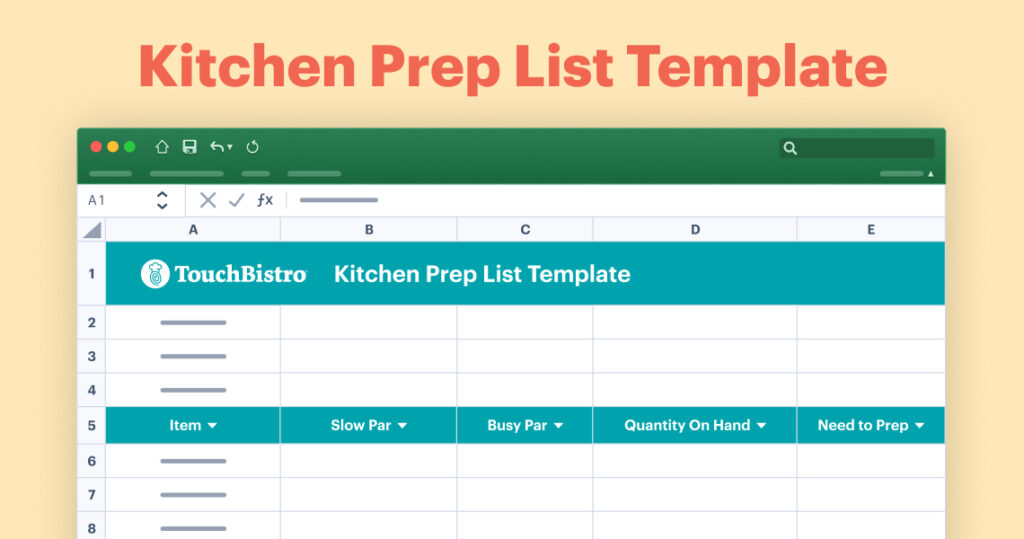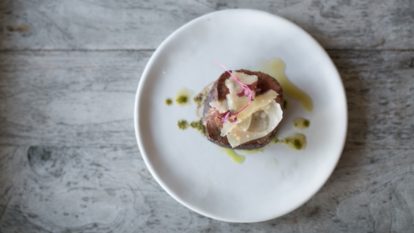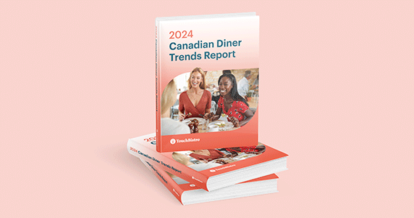Proper food plating and food presentation are essential to running a successful restaurant. You wouldn’t turn up to a job interview in your pajamas. And likewise, you wouldn’t serve your guests a bland and uninspiring plate of food.
And the science backs this up. Multiple studies show that diners actually perceive food to taste better – by as much as 18% – when it is well-presented.
And the importance of food plating and presentation only continues to grow. With the rise of social media and smartphones, food influencers are able to upload images of your plates to millions of users within seconds. This has caused expert food plating to become so important that restaurants are even styling plates specifically for food Instagram photos.
To help you take your plating to the next level, this article will cover how to plate food better step by step, including:
- The basics of food plating – how to use color, arrangement, and texture to make food more appealing
- The top practical food plating ideas and techniques to master
- Three common food plating styles for inspiration
- The most important food plating tools to have handy
Food Plating Basics: 5 Key Considerations
When you see an experienced chef plating an exquisite artwork onto a plate, it’s understandable if you feel overwhelmed at the idea of trying to do the same at your restaurant. But if you break it down, there are a few key skills, techniques, and general principles which make the whole world of food presentation and styling less daunting.

Aside from restaurant portion size, here are five key considerations to keep in mind when you’re preparing to plate a dish.
1. Color
Food naturally tells us when it’s fresh, ripe, and ready to eat with its vibrancy. We can use this natural trait to our advantage by using vibrant colors, blocks of color, or color contrasts to make a plate more appealing and interesting.
2. Arrangement
Whether you opt for a precision approach or a rustic style, the arrangement of the food on the plate is all-important to how the diner perceives it. Arranging your main ingredient, accompaniments, sauces, and garnishes in an attractive way forms the foundation for a well-presented dish.
3. Texture
Texture is an important component in how a dish is enjoyed, but it also changes the way a plate looks. Aim for a mix of textures and layers to add accents and interest to your plates.
4. Balance
Balance doesn’t just mean plating food symmetrically or evenly across the plate. Just as your dish should have a harmony of salty, sour, and sweet flavors, the plate should look balanced too. One color, texture, or element shouldn’t take over and spoil the visual appeal of the dish as a whole.
5. How Easy it is to Eat
Above all, a plate of food should taste delicious and be enjoyable to eat. Never let any other factor get in the way of how easy it is for your guests to actually eat the food. For example, garnishes should be edible, and thought should be put into how the diner will pick up the food and what kind of plate is most appropriate.

Use this kitchen prep list template to ensure all necessary prep is completed prior to service.
Top Food Plating Techniques and Ideas
With the five key considerations in mind, we can move on to practical techniques and common food plating ideas to help you at the moment when the food actually meets the plate.
Plate Selection
First off, you have to choose what your food is going to sit on. More often than not, it’s some kind of plate or bowl – although some chefs opt for slates, boards, or items like fryer baskets for serving fries.
Different shaped plates can be used to emphasize or complement a specific element of the dish:
- Round plates are the most familiar. They can look great with the star element in the center – or off-center – and garnishes and sauces swirled around the outside.
- Square plates are often used for more precise food presentation. The hard angles and straight lines can be used to emphasize precise lines and shapes in your plating.
- Rectangular and oval plates can be used to create an attractive line of ingredients along the plate. Or to highlight a certain ingredient, like a whole fish that matches an oval shaped plate.
- Plate size has a massive effect on presentation. You don’t want the plate to be too small and overcrowded – but too big, and your food is lost. Large plates are often used to create white space around the food, which can look clean and stylish if done well.
Plate color also impacts the look of the dish by providing a contrasting background:
- White plates are common for a blank canvas on which to paint your sauces and garnishes.
- Black plates can offer a striking contrast when used with white or brightly colored sauces and soups.
- Charcoal, grey, or off-white plates are also effective for color contrasts. It’s uncommon to see many other colors as you usually want the ingredients themselves to contrast with the background and bring the vibrancy of color to the dish.
Food Arrangement
Unless you’re a master of improvisation, it’s best to plan ahead how you want to arrange your elements on the plate. Using a variety of textures can break up a plate and add accents of interest. Foams, gels, and sauces against crunchy elements, soft meats, or leafy garnishes all help to create a more diverse and varied picture on the plate.
Another common technique is to use the rule of thirds.
The Rule of Thirds
Split your plate into three around the face of a clock. Place the main protein in the bottom third – from nine to three on the clock – the carb element in the top left – from nine to 12 – and the vegetable element in the top right – from 12 to three.
Visual Design
You can transform how a plate looks using a variety of design techniques. By slicing and cutting your elements into small pieces and arranging them across the plate with garnishes and sauces dotted, drizzled, and tumbled across the plate, you create a completely different feel than if you stacked elements into a tower to create more height.
You can also mix a broad palette of colors across your dish to highlight the contrast or use one color theme to create a striking effect.
Combinations of these techniques can be used for infinite possibilities but the key is to not overdo it and create a confusing plate of food. Have a vision for your plate and stick to it for the best results.
Sauce Techniques
Sauces are a useful tool for chefs to use like paint on a canvas. Sauces can be piped on in precise dots, brushed across the plate underneath other elements, or swirled around to encircle and highlight the main element of the dish.
You can use a combination of these techniques and even use multiple sauces of different colors in different ways on the same plate.
Garnish Techniques
Garnishes can add that final flourish to a dish. And they’re more than just an afterthought. Herbs, flowers, crisps or tuiles, shavings of truffle or cheese, nuts, powders, and many more can add pops of color, texture, and intense flavor to your dish.
Garnishes are very important and should be treated as such, but as always, if in doubt, keep it simple and don’t go overboard.

Use this kitchen prep list template to ensure all necessary prep is completed prior to service.
How to Plate Food: 3 Common Food Plating Styles
There are a million ways to plate food, but we can categorize most plates into three styles. There’s the more traditional approach of simply laying out the elements of a dish side by side, or stacked in the middle of the plate, the more modern landscape method, and the contemporary abstract style that you’ll see used at fine-dining restaurants.
1. Classic Plating
Traditional and foolproof, the classic way to plate a dish is to arrange the elements side-by-side around the center of the plate using the clock method. Height can also be created by stacking ingredients on top of each other. The elements can then be brought together with sauces and garnishes drizzled across them or around the edge.
2. Landscape Plating
A more modern approach is to create a low-lying landscape of elements by placing the food across the plate. The elements often lean on one another, with dots of sauce or puree interspersed and garnishes draped over to bring everything together.
3. Free Form Plating
Free form plating is perhaps the most contemporary and most popular style among famous chefs in fine-dining establishments. Free-form plating treats the plate as a canvas for a work of abstract art. The chef may use splashes or splatters of sauce, or more precise brushes or dots and swirls. The other elements are then carefully placed in an artistic fashion across the canvas.
Important Food Plating Tools
To achieve the designs referenced above, your chef will need specific tools for plating food. The most common food plating tools include:
- Sauce spoon: for precisely drizzling, swirling, and manipulating your sauces, purees, and foams.
- Molds: for setting ingredients into shapes.
- Piping bags: pipe on purees, gels, and creams to create a base for other ingredients.
- Brushes: brush on glazes and sauces for a striking effect.
- Squeeze bottles: fill with sauces to quickly add dots and lines to your plates.
- Plating tweezers: for picking up and manipulating delicate garnishes.
- Plastic gloves: for hygiene and placing hot items.
- Mini palette knife: to carefully pick up and place pieces of meat and fish.
- Microplane: for dusting super fine shavings of parmesan, bottarga, and other garnishes.
The way food is presented on the plate clearly has a huge impact on the customer’s experience of the dish. And beautiful plates can spark exciting restaurant marketing ideas and inspiration. You can also discover more ways to make culinary experiences stand out by researching how to get a Michelin star.
Any restaurant chef, using a few simple principles and techniques, can produce far more appetizing plates of food for their guests. A little time and effort spent brushing up on food plating techniques and getting hold of the right tools can have a significant impact on your bottom line.
Download our free inventory template







